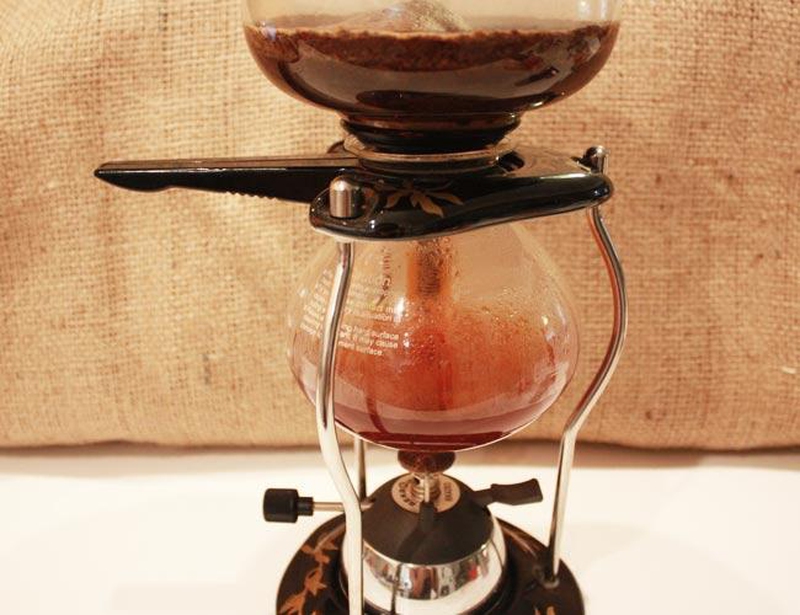Part 1
The Equipment
Make sure that your equipment is thoroughly cleaned after each use by rinsing it with clear, hot water and drying it with an absorbant towel. Check that no grounds have been left to collect on any part of the equipment and that there is no build-up of coffee oil. Such residue can impart a bitter, rancid flavor to future cups of coffee.
The Coffee
Purchase coffee as soon after it has been roasted as possible. Fresh roasted coffee is essential to a superb cup of coffee. And purchase your coffee in small amounts—only as much as you can use in a given period of time. Ideally you should purchase your coffee fresh every 1-2 weeks.
The Grind
If you purchase whole bean coffee, always grind your beans as close to the brew time as possible. A burr or mill grinder is preferable because all of the coffee is ground to a consistent size. A blade grinder is less preferable because some coffee will be ground more finely than the rest. If you normally grind your coffee at home with a blade grinder, try having it ground at the store with a burr grinder. You may be surprised at the difference!
Do not underestimate the importance of the size of the grind to the taste of your coffee. If your coffee tastes bitter, it may be overextracted, or ground too fine. On the other hand, if your coffee tastes flat, it may be underextracted, meaning that your grind is too coarse. Tell the professionals where you purchase your coffee exactly how you will be brewing it. For example, will you be using a plunger pot? A flat drip filter? A cone drip filter? A gold mesh filter? They will grind it specifically for the preparation method you have chosen and the equipment you use.
Before using the coffee, try rubbing some of the grounds between your fingers so that you can 'feel' the grind and become acquainted with the differences in size.
Never reuse your coffee grounds. Once brewed, the desirable coffee flavors have been extracted and only the bitter undesirable ones are left.
The Water
The water you use is VERY important to the quality of your coffee. Use filtered or bottled water if your tap water is not good or imparts a strong odor or taste, such as chlorine. If you are using tap water let it run a few seconds before filling your coffee pot. Be sure to use cold water. Do not use distilled or softened water.
Ratio of Coffee to Water
Use the proper amount of coffee for every six ounces of water that is actually brewed, remembering that some water is lost to evaporation in certain brewing methods. A general guideline is 1 to 2 tablespoons of ground coffee for every six ounces of water. This can be adjusted to suit individual taste preferences. Be sure to check the 'cup' lines on your brewer to see how they actually measure.
Water Temperature During Brewing
Your brewer should maintain a water temperature between 195 - 205 degrees Fahrenheit for optimal extraction. Colder water will result in flat, underextracted coffee while water that is too hot will also cause a loss of quality in the taste of the coffee. If you are brewing the coffee manually, let the water come to a full boil, but do not overboil. Turn off the heat source and allow the water to rest a minute before pouring it over the grounds.
Brewing Time
The amount of time that the water is in contact with the coffee grounds is another important factor affecting the taste of your coffee. In a drip system, the contact time should be approximately 5 minutes. If you are making your coffee using a plunger pot, the contact time should be 2-4 minutes. Espresso, as the name implies, means that the brew time is short—the coffee is in contact with the water for only 20-30 seconds. If the taste of your coffee is not optimal, it is possible that you are either overextracting (the brew time is too long) or underextracting (the brew time is too short) your coffee. Experiment with the contact time until you can make a cup of coffee that suits your tastes perfectly.


View All Comments /Add Comment